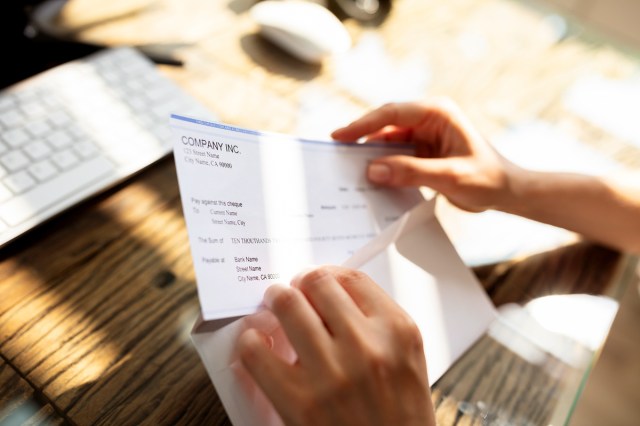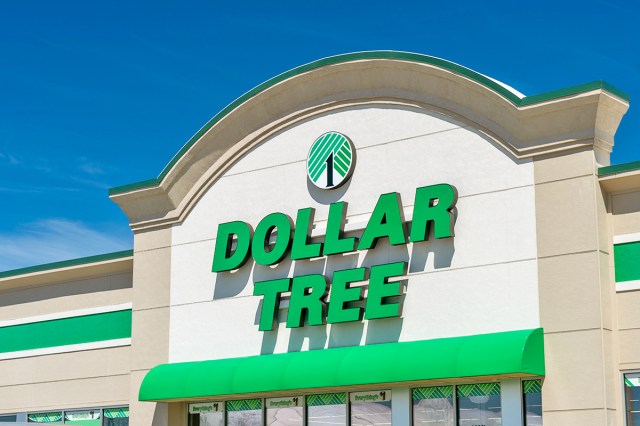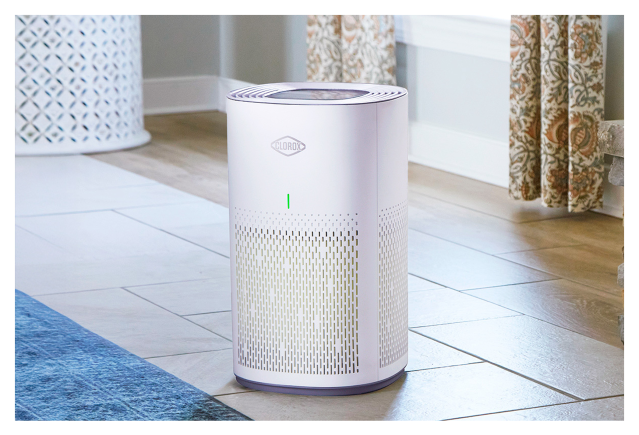Writing physical checks is clunky and inconvenient at best — and can be dangerous at worst. What used to be an easy way to pay bills and send birthday gifts is now a potential gold mine for scammers and thieves to steal information. Despite the steep decline in check usage, thousands of check fraud cases are reported annually. But there are several ways to protect yourself — and your bank account — from financial fraud. And the best way to start is to stop writing checks altogether.
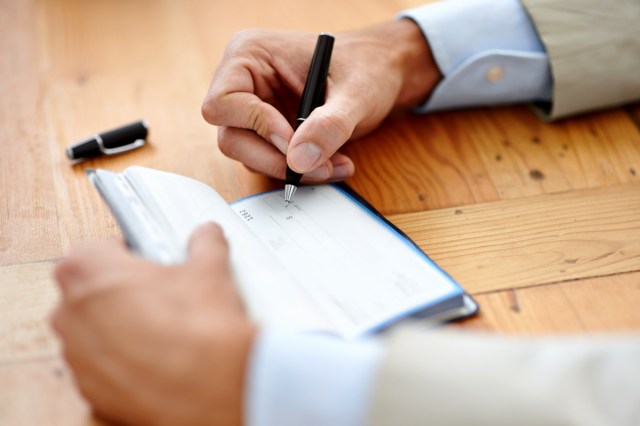
The No. 1 Cause of Check Fraud
One of the most significant exposures to check fraud is sending checks through the mail. Even though they require a key to open, the iconic blue USPS collection boxes aren’t as secure as they seem. Check fraud criminals can open the boxes and “wash” any checks they find in a process where the monetary amount is erased using a solution such as nail polish remover. With the original signature left intact, scammers can write a higher monetary amount and deposit the check themselves — and since they use fake accounts created under assumed names, it can be challenging to track down stolen money once you realize it’s gone.
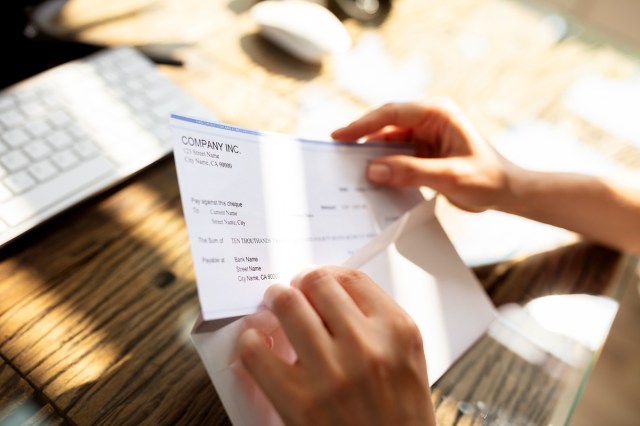
Anti-Fraud Measures May Backfire
Due to the increase in check fraud, banks have constructed countermeasures to deter criminal activity. However, those measures can create massive headaches for people conducting legitimate transactions.
For example, your spouse may sign a blank check and hand it to you to fill in the monetary value later. Unfortunately, two different types of handwriting on a single check can be seen as an attempt to wash a check. Certain banks flag checks as fraudulent if they contain multiple forms of handwriting, creating many problems, such as invalidating the check, freezing the bank account, and terminating a customer’s account.

What Can You Do?
The simplest solution to this problem is to stop writing checks. Plenty of other options allow you to pay for bills and services without exposing yourself to potential check fraud.
Most banks offer the chance to automate payments for bills and other services. If your bank or credit union website has a “bill pay” option, you can set up a payment hub in your account to designate incoming funds towards your utilities, installments on large purchases, and other transactions. You can also pay your bills directly on company websites using your bank’s routing number or credit card. Online payment services such as Venmo, PayPal, and Zelle are secure and allow users to complete payments immediately. If you are uncomfortable paying with a credit or debit card, you can pay for your transactions directly with cash.
If you become a victim of check fraud, call your bank ASAP. The bank will require you to file a claim, which in many cases takes up to 30 days for a resolution, and in some cases, you may need to file a criminal claim with the police.
Featured Image Credit: AndreyPopov/ iStock
More From Our Network
Better Report is part of Inbox Studio, which publishes content that uplifts, informs, and inspires.
